Earth Day was born in 1970 to help Americans to understand that taking care of the environment was not just a fad invented by hippie culture.
In 2009, the United Nations designated April 22 as International Mother Earth Day, and it is now celebrated by nearly 200 countries. Whether you set aside some time to enjoy nature to take part in clean-up efforts or other sustainability practices, you’ll end the day with a greater appreciation of the planet. Your efforts, no matter how small, make a difference — and sustainable practices often fit right in with a frugal lifestyle.
Here’s how you can celebrate Earth Day this year, both in person and online.
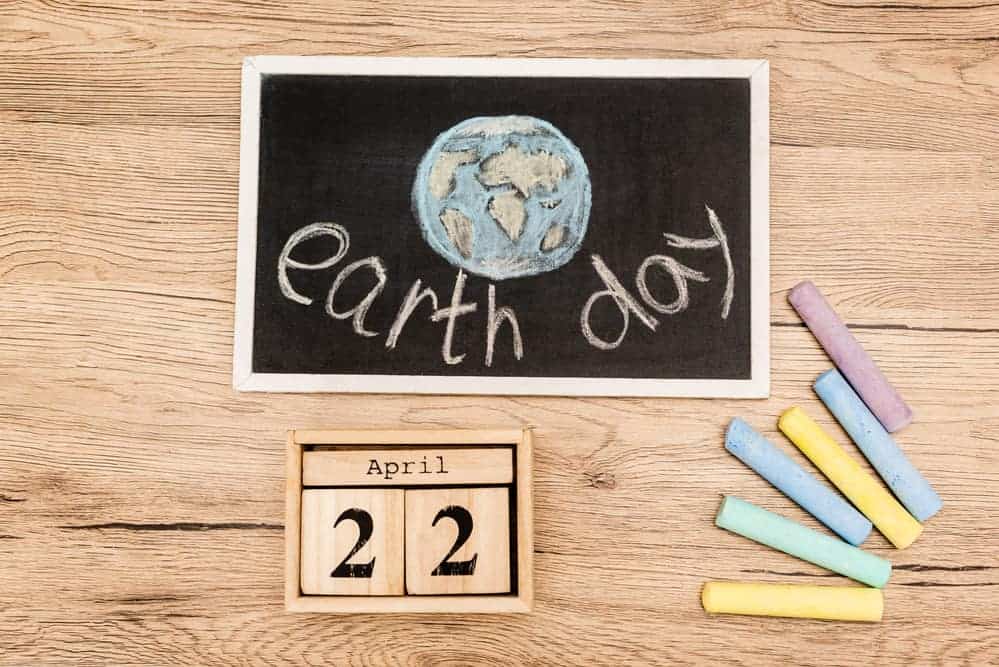
Photo: Deposit Photos
Virtual toolkits
In recent years, EarthDay.org has started taking Earth Day’s 50 years of existence in a slightly different direction with virtual toolkits that will help families understand climate change and sustainability. Similarly, the #DoJust1Thing campaign by Earth Day Initiative goes virtual to ask you to pledge to do just one thing to help stop climate change.
Head to the park
It just so happens that Earth Day happens during National Park Week. All entrance fees are waived on April 20, 2024. The NPS Kids Portal can help you discover nature with your child. You can share your Junior Ranger discoveries or memories of your favorite National Park on social media using #EarthDay and #FindYourPark or #EncuentraTuParque.
Alternatively, take your celebration to the backyard. Pack a picnic lunch and pull out the old blanket for a lounge in the grass. Spend some time getting to know the plant and animal life that exists in your very own backyard.
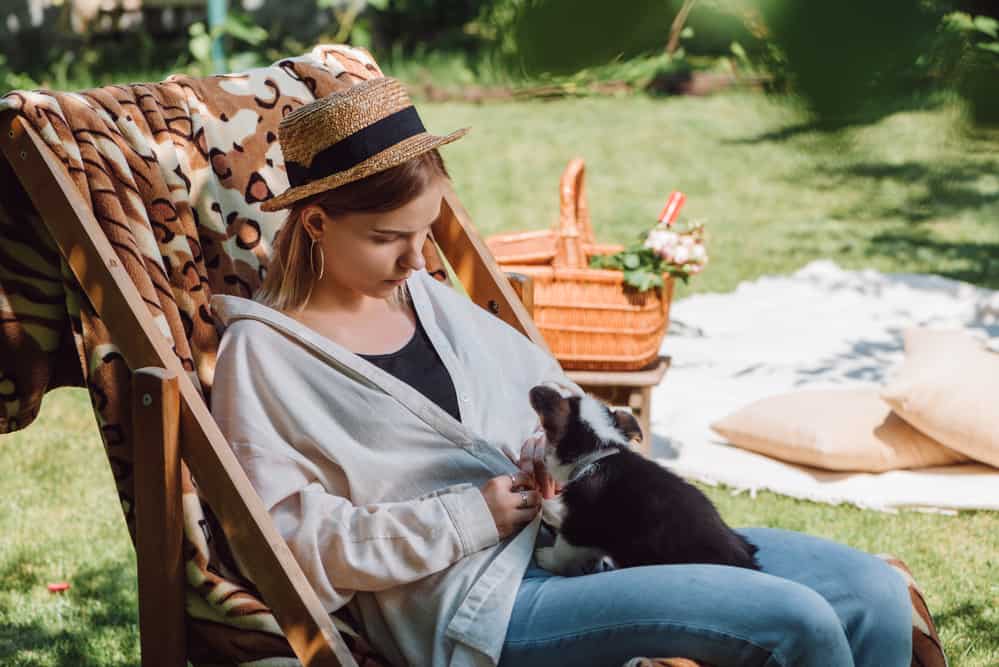
Photo: Deposit Photos
Clean up
Adopt the road or street in front of your house and pick up litter. Take a grabber tool with you, or put on on gloves and collect the trash that is dropped or blows into your neighborhood. Call your city hall and ask about organizing a clean up of your local park or downtown area. Recycle aluminum cans or separate recyclable items. Create your own community version of Vermont’s Green Up Day and make your piece of the world a little healthier. You can still make a global statement while staying home.
Change your containers
Take a look at your kitchen cupboards. Can you buy some often-used products in bulk instead of purchasing smaller packages that will eventually go to the landfill? Buy local and take your own container – have the container weighed and marked at customer service or at the cheese or deli counter, and the checkout clerk will take off the weight of the container. A glass jar can be used for anything from milk to honey at a local coop, and reusable grocery bags are welcomed at farmer’s markets. Call your favorite grocer and ask about their current guidelines for reusable bags or containers.
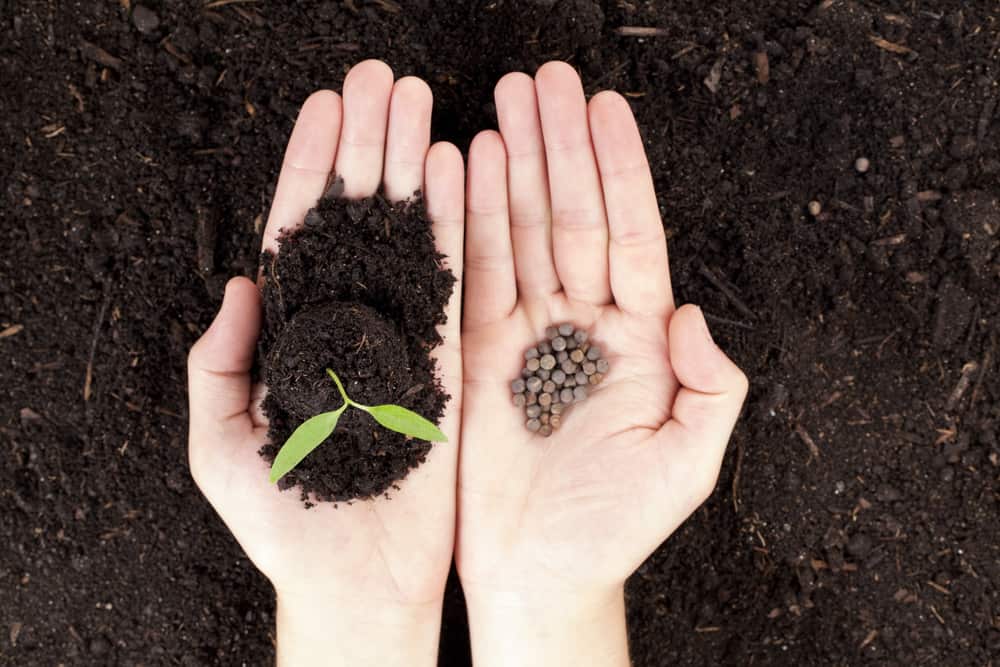
Photo: Deposit Photos
Give it up for the cause
Donate used items to a resource center instead of taking them to the landfill. ReStore works with Habitat for Humanity to build affordable homes and help others have better lives. ReStore outlets are open to the public, so you can also find new and gently used furniture, appliances, home goods, building materials and more. Your purchase helps support Habitat’s efforts, keeps items out of landfills, and saves you money.
TimeBanks USA uses hours as currency to improve lives and build community, similar to a barter system. Freecycle is a network that allows members to give items for free instead of sending them to the landfill; Buy Nothing groups on Facebook are similar. Use distancing and cleaning guidelines if you receive or give items.
Invest in a water bottle
Plastic water bottles can be replaced with a reusable bottle and a water filter to help reduce the tons of bottle waste every year.
Flip the switch
Use Smart Strips for electronics and reduce the amount of “trickle” energy usage. We all know that lights should be turned off when we leave the room, but how about unplugging other appliances, like coffee makers, toasters or radios?
Unplug for a day
Try designating Earth Day as a day without television or video games. Leave your car in the driveway and never idle the motor while waiting – it wastes more gas and money than restarting the car. Brush up on your biking skills – or take out those ’70s roller skates for a roll down the boardwalk.
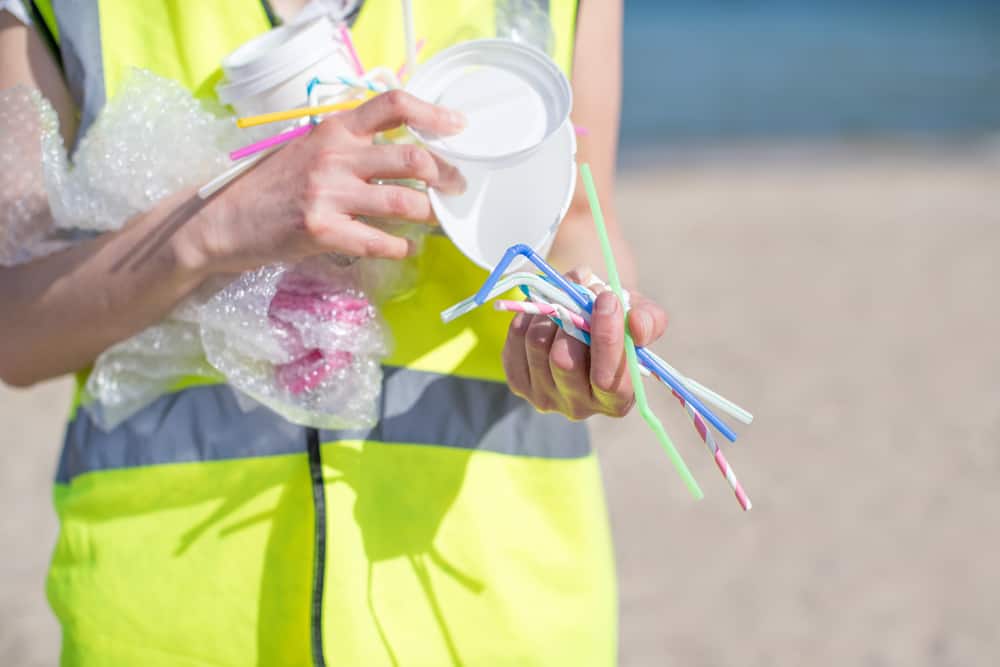
Photo: Deposit Photos
Ditch the straw
Like sipping through straws? More than 500 million plastic straws are used and tossed every day in the United States, littering landfills and finding their way into our waterways and oceans. Consider going straw-free (but remember that straws are a necessity for some disabled people, so go judgment-free as well). Cities including Miami Beach, Seattle and Malibu have implemented a ban on plastic drinking straws to combat the problem. Get a reusable stainless steel, bamboo or glass straw with a carrying case if you prefer to sip.
Bring your own cup
Some coffee shops and places with fountain drink machines allow you to fill or refill a personal reusable cup. Keep an extra clean reusable cup in your car for those times you forget. Think about all that paper or (shudder) styrofoam you toss every week; you can stop a garbage bag of waste going to a landfill simply by carrying a reusable cup.
If you have to use a paper or styrofoam cup, don’t toss it in the garbage bin after you’ve emptied it; think of creative ways to reuse it. Wash it with soap and water, dry, and stack for use at home. Fill with soil and plant seeds, or cut apart to use as seed markers or cord labels.
Leave the plasticware behind
If you order a takeout meal from your local restaurant, ask that they do not include plastic flatware, paper napkins or packages of condiments. Instead, use what you have at home and reduce the waste.
Dress for the planet
Share clothing or shop thrift shops for items to add to your wardrobe. Take the initiative and start a clothing swap of your own in your neighborhood or among family members or schedule an online swap with friends on Zoom or other digital meeting places. Now is a good time to learn to repair your clothing by mending rips or tears, replacing lost buttons or even fixing floppy soles on sneakers. Choose clothing made from earth-friendly materials instead of micro-fiber or other synthetic fibers. Use planet-friendly hair ties, or wear clothing from eco-conscious companies such as these.
Learn and grow
Find a class to learn more about the planet. The Smiling Gardener’s free course will help you grow your own food. Think about starting a small garden if you have even a little space. Take other free online sustainability courses here.
Read more at Living on the Cheap about gardening:
- Build a salad table to grow your greens
- How to grow herbs and save money all year
- How to save money with a rain garden
- Make the most of your garden’s harvest
- Conserve water, save money with a home garden xeriscape
- 5 easy, frugal steps to sustainable living
- Regrow your own green onions in your kitchen
Teach the children well
As the Lorax said in Dr. Seuss’ book of the same name, “I speak for the trees, for the trees have no tongues. … Unless someone like you cares a whole awful lot, nothing is going to get better. It’s not.” Reading books can help children learn about the earth and the importance of our stewardship. Reading for the Earth is a nationwide program for grades K-8 that promotes reading of environmentally themed books during the month of April.
Make sure to check out your local Living on the Cheap network site for other ideas.
If you liked this post, you may also like:
- 5 tips to reduce your energy use
- Conserve water, save money with a home garden xeriscape
- Grow lettuce and save money on salad
- Turn your trash into quick and easy cash
- Recycle old magazines into beautiful bowls
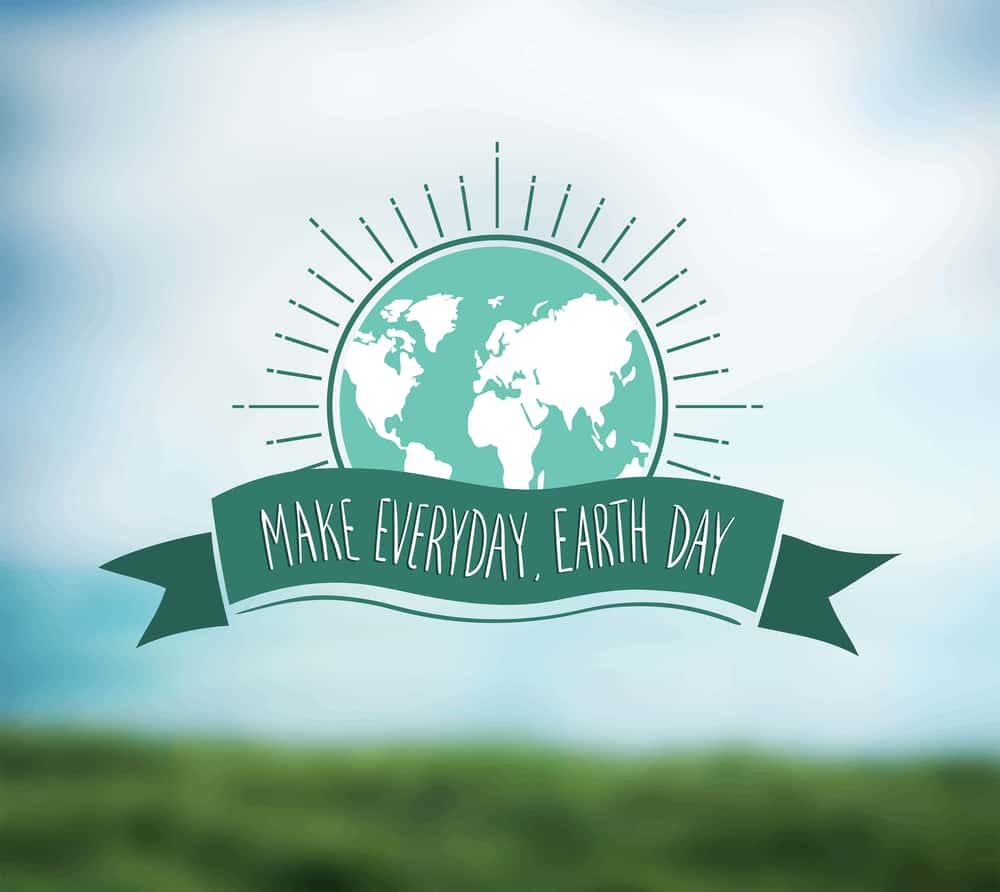
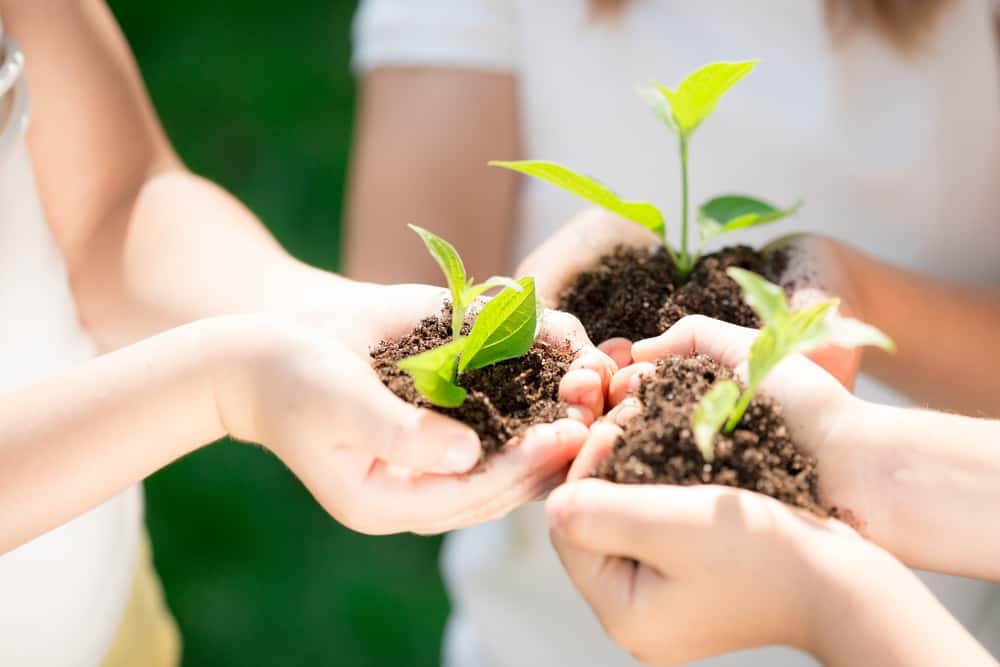

This is great. Thank You for sharing it with us